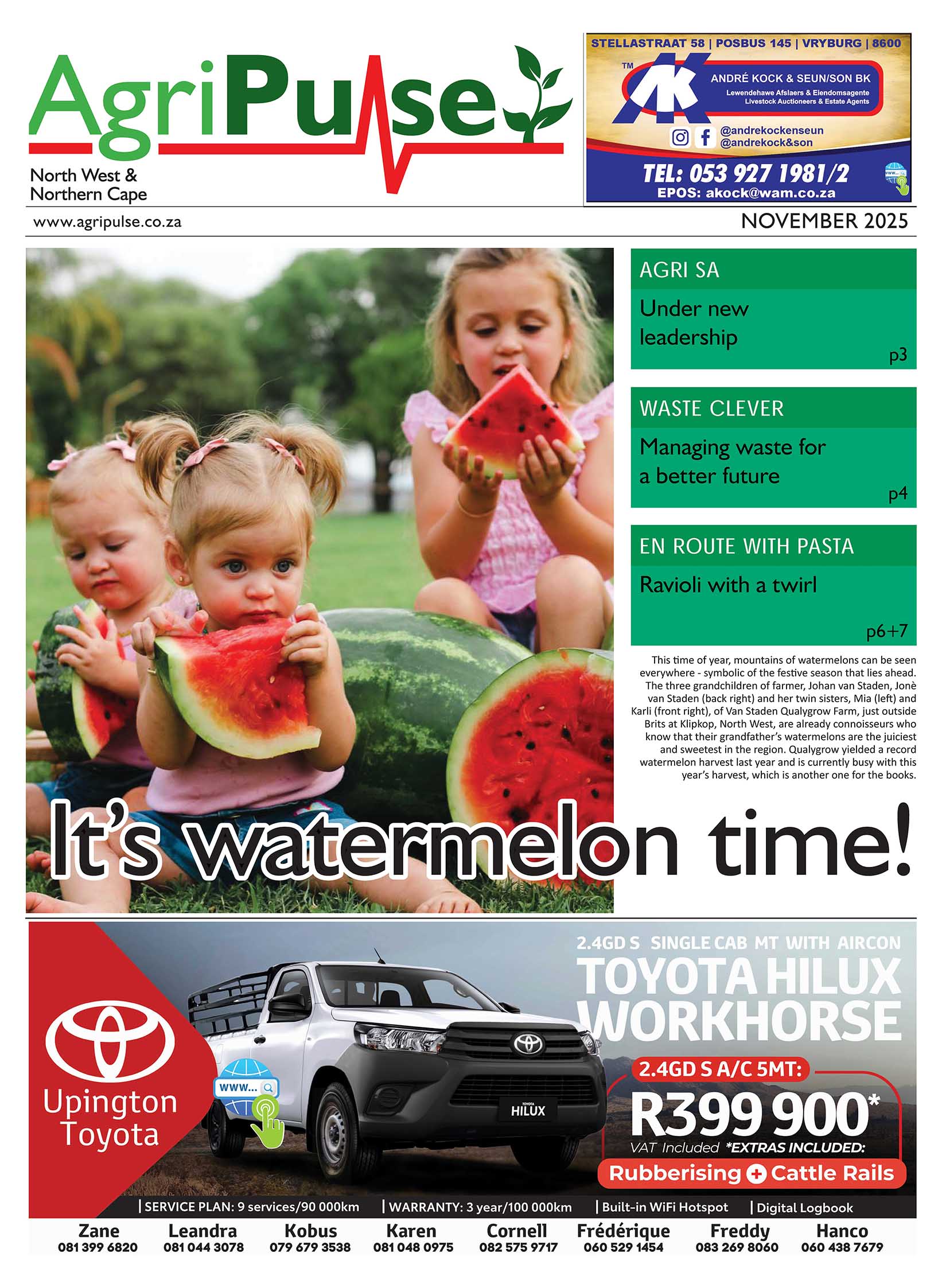Klerksdorp Midweek, Klerksdorp - Maize is essential for Southern Africa’s food security. Its widespread production across this region is somewhat of a barometer of the status of the agricultural output. Wandile Sihlobo, Chief Economist of the Agricultural Business Chamber of South Africa (Agbiz), writes the past 2023-24 maize production season was challenging following a mid-summer drought that led to poor harvest across the region.
Zambia lost half of its maize crop, Zimbabwe lost nearly two-thirds of its maize, and other countries such as Malawi and Lesotho experienced significant losses.
South Africa was a slight exception because the impact was less severe than the region. The country’s maize harvest fell by 23% to 12,7 million tonnes. The differences in seed cultivars and fertilizer usage partly explain the mild crop losses compared with the wider Southern Africa region. The harvest of 12,70 million tonnes is slightly above South Africa’s annual maize consumption of 11,80 million tonnes.
The 2023-24 season’s maize harvest and large carryover stock from the last season have made South Africa comfortable with maize supplies. Thus, the country remains a net exporter of maize even in such a challenging season.
Considering the near-term export activity, South Africa exported 42k tonnes of maize. Of this volume, 64% was exported to Zimbabwe, 15% to Namibia, 12% to Botswana, and the balance to the neighbouring African countries.
These exports put South Africa’s total maize exports in the 2024-25 marketing year at 1,20 million tonnes out of the expected 1,90 million tonnes (down from 3,44 million tonnes in the 2023-24 marketing year because of the mid-summer drought).
Moreover, while South Africa will likely remain the net exporter of maize in the 2024-25 marketing year, the coastal regions will import small volumes of yellow maize for animal feed because of price advantage, from Argentina through Cape Town. South Africa’s 2024-25 maize imports currently stand at 288k tonnes.
With all this export activity underway, South Africa’s white maize supplies are tight. Thus, the prices have surged in recent months, and more so over the past few days.
Still, it is worth emphasizing that the price surge is likely a near-term challenge. The outlook for the new 2024-25 production season is positive and may offer relief.
The early planting of maize has primarily been in the eastern regions of South Africa. We hope more rain improves soil moisture in the coming weeks and months. In the coming weeks, the maize planting activity will also gain momentum in the western regions of South Africa.
South African farmers are also optimistic about the 2024-25 maize production season. The farmers intend to plant white maize on 1,58 million hectares (up 1% y/y) and yellow maize on 1,06 million hectares (down 2% y/y). The overall maize planting intentions are at 2,64 million hectares (up 0,2% y/y), which aligns with the five-year average area.
The favourable weather outlook, higher commodity prices, and lower fertilizer and agrochemical prices have incentivized farmers to increase their maize plantings. It will be some time before we have a good feel of the area farmers will ultimately plant. Still, these intentions to plant data provide sufficient reason to be optimistic about the path ahead.










